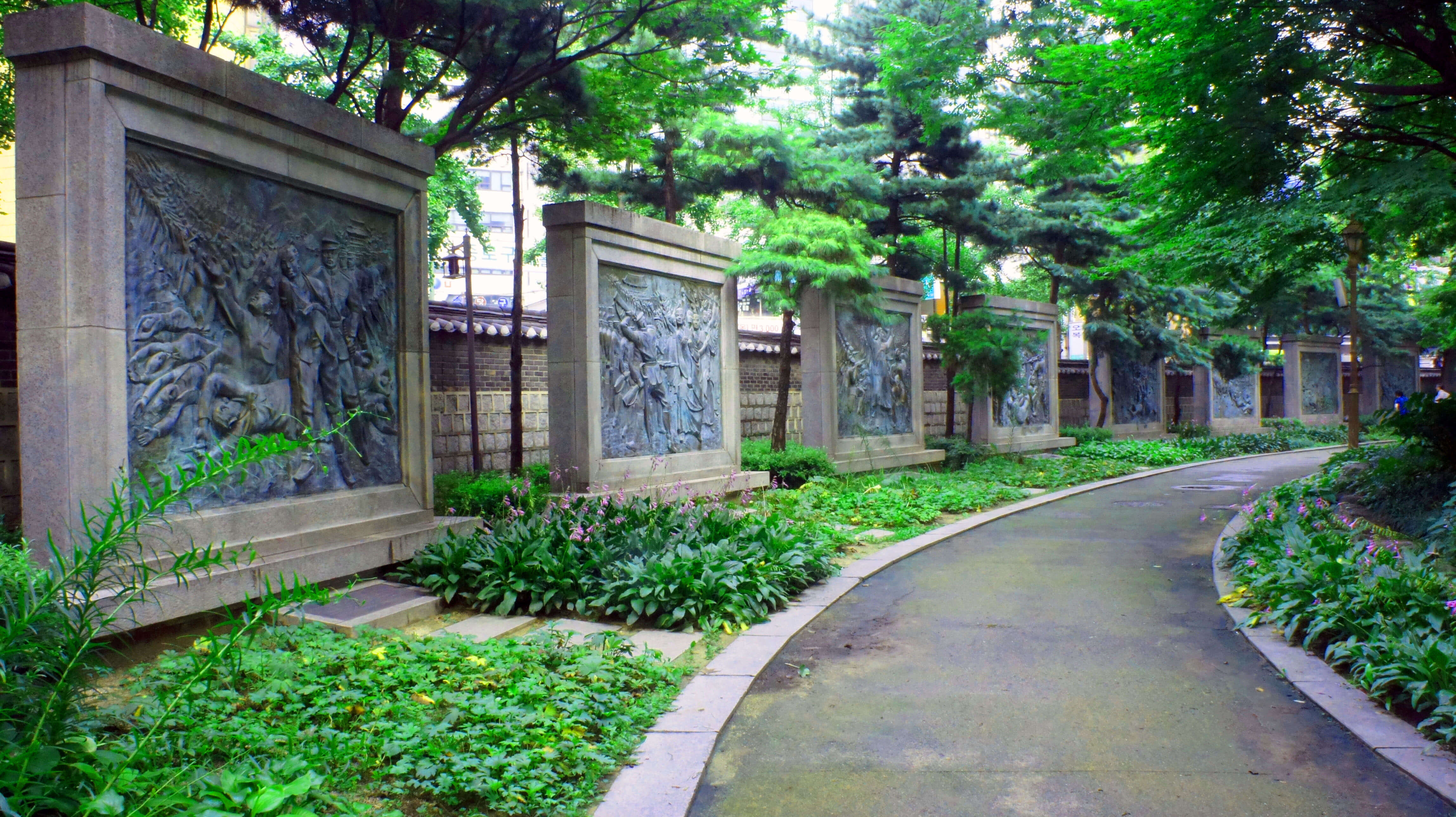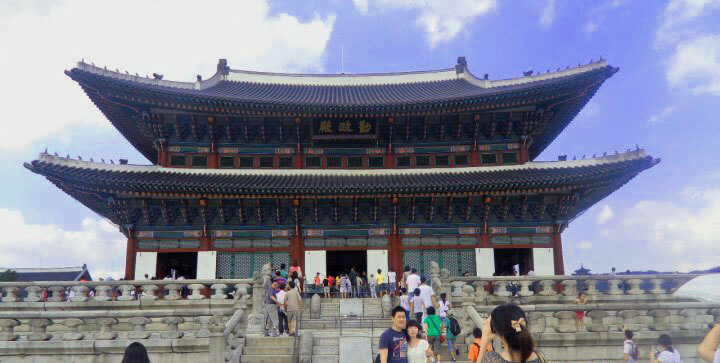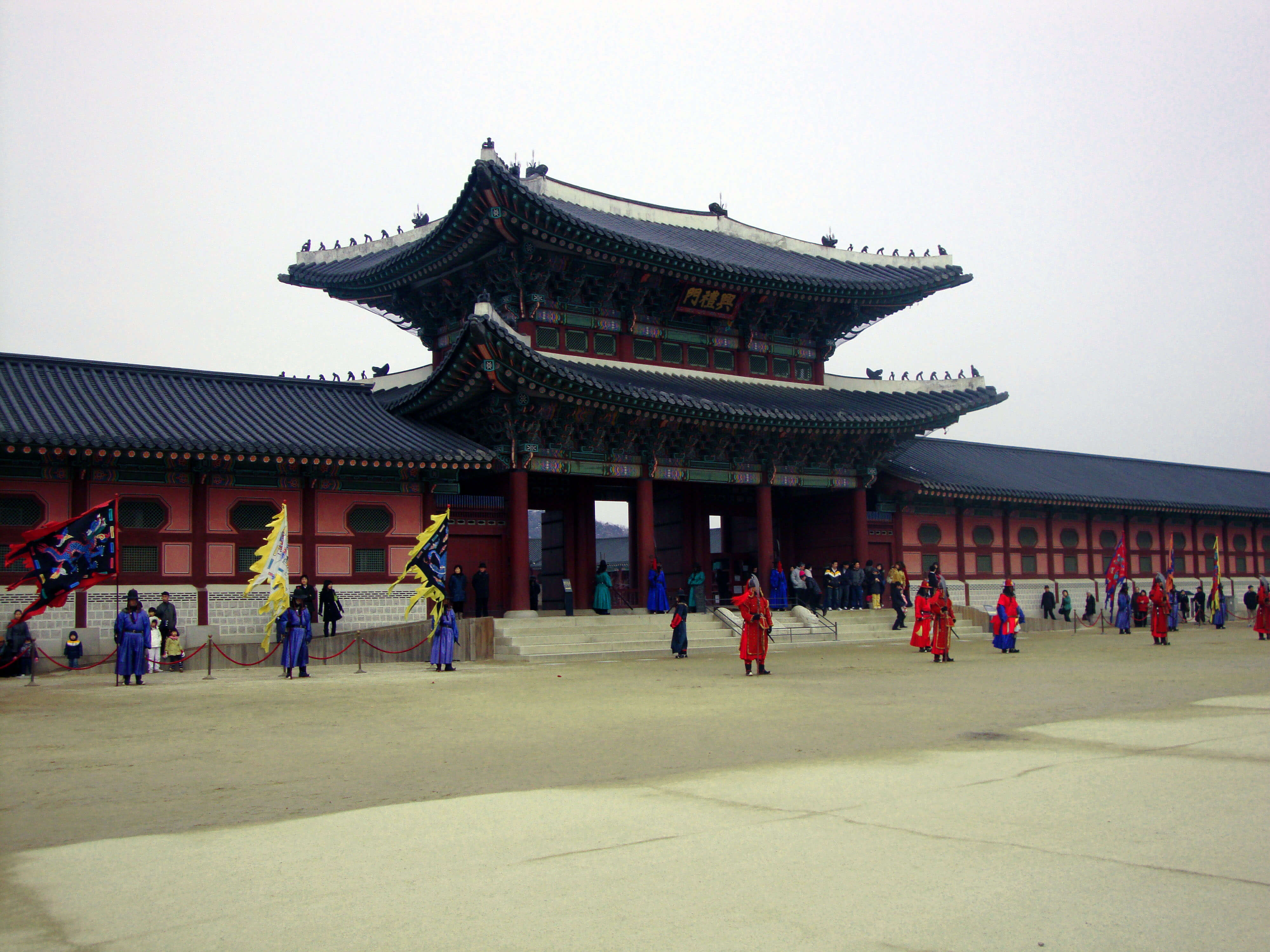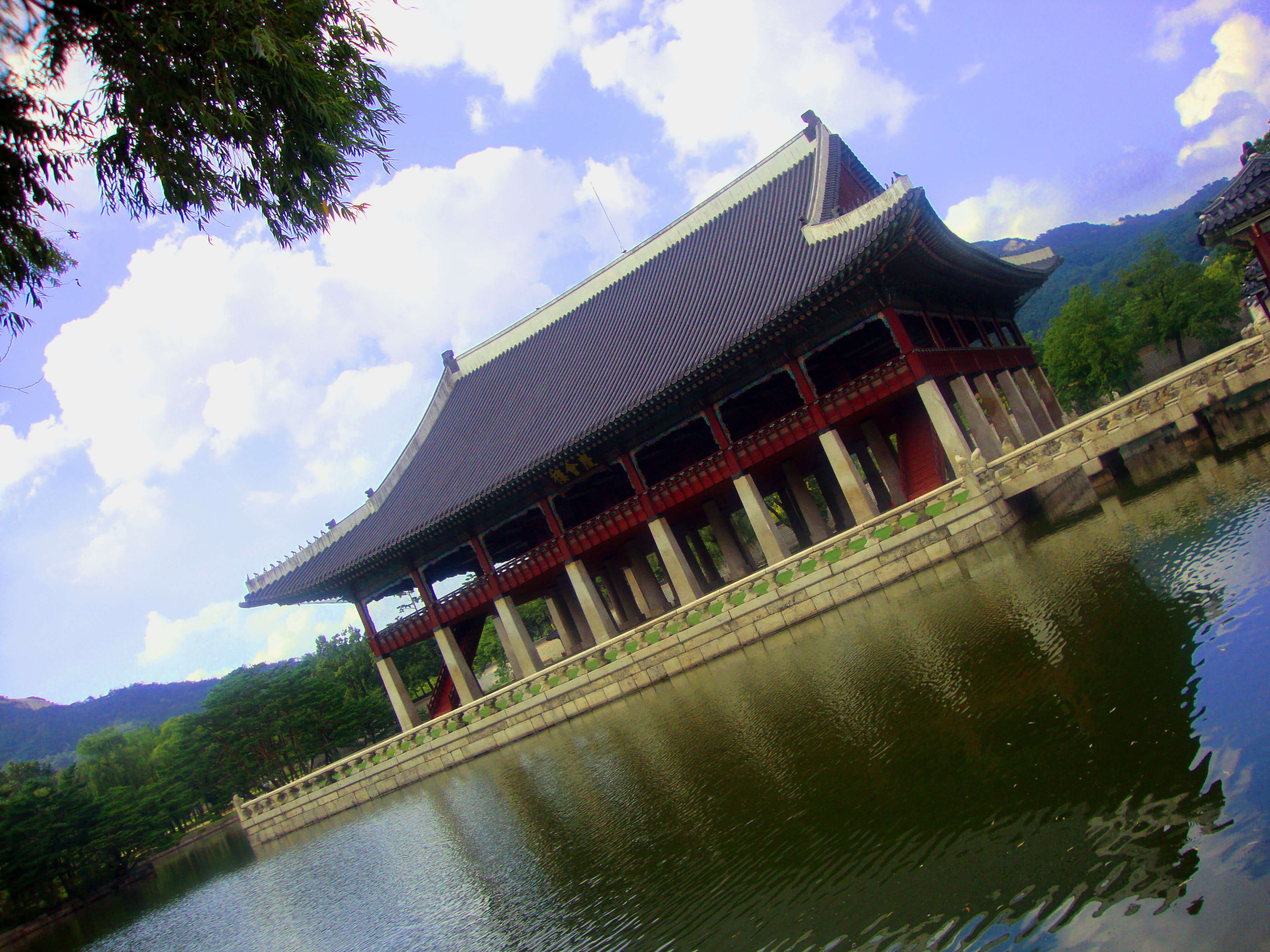Red . . . the color that everyone eagerly searches for on their calendar here in Korea. With the exception of the obvious Saturday and Sunday, Red days mean one thing, Time off! So, why call them red days? Simply put, all the national holidays on every Korean calendar are marked in red. Thought provoking I know. It’s important to remember that being an Asian country, Korea follows the lunar calendar with a few exceptions. Meaning, don’t go planning next year’s vacation based on this year’s dates. That awesome four day weekend you got this year might be a regular weekend next year followed by a random Tuesday off.

Today’s holiday, March 1st, marks 삼일 운동 (Samil Undong); originally known as a day of independence from Japan back in 1919, but these days Koreans see this day as a celebration for their independence into a sovereign country. So, the question now being, “What should I do with my new found freedom from all things work related?”

These holidays are the perfect opportunity to go see some of Korea’s historical landmarks. Today is a particularly ideal time to visit 경복궁 (Gyeongbok Palace).


Nearly completely destroyed during the last Japanese occupation, it stands as one of the most important reminants of the last royal family. Aside from the huge palace itself, there is also the National Folk Museum of Korea and the National Palace Museum of Korea on the palace grounds. Also be sure to catch the ceremonial changing of the guards, which happens about every 2 hours in front of the main palace. There is a lot of ground to cover, so if you want to see everything wear comfortable shoes and appropriate clothing for the temperature outside. Also, be sure to grab a map from the from gate, or you’ll find yourself walking aimlessly into the abyss.

Free Directions: Subway line 3, Gyeongbokgung Station, exit 5; Subway line 5, Gwanghwamun Station, exit 2


The palace itself serves as a nice relaxing walk for an hour or two and even more time can be frittered away at all the Museums and events occurring on or around the palace grounds, such as traditional music and dance performances. Afterwards, it’s easy to lose another hour or two wandering down 세종로 (Sejong Road) named after 세종대왕 (King Sejong) who is known for establishing the Korean language. His huge golden statue can be found in the middle of a huge street greeting visitors to one of the main governmental epicenters of Korea. In addition, a statue of the most famous naval admiral in Korean history, 이순신 (Lee Sun-Shin) can be found a minute or two down the street as well. This main road is known for having events and festivals whenever there are national holidays. Around the area are lots of alleyways to wander around and get lost in for a few hours. 인사동 (Insadong) in particular is an alley packed with traditional Korean antique & craft shops, tea houses, art galleries, restaurants and even photo studios where you can take pictures in traditional Korean clothing. It’s a souvenir paradise.



Last year I enjoyed these sights on Lunar New Year with my boyfriend and his father, who was more than a little excited to give me the break down on Korean History for Dummies. Then I revisited it again in summer with my boyfriend and a close friend of ours. Finally, one more time most recently with my younger visiting sister. Aside from the obvious historical facts tied to this site, I simply loved the architecture that is so vibrantly colored and native to Korea. On the rooftop of each building and all throughout the palace you can spot the cute little figures of the zodiac, guardians of the palace. Seeing a place so traditional surrounded by rising skyscrapers provides excellent insight to a culture that is a contradiction of past and modern times, not to mention really great photo opportunities.

If you have a chance, I highly recommend visiting this area at least twice; once in the winter and again in the summer. There are very different feels and sceneries with each season, which can be very enjoyable especially if you love taking photos as much as I do. Also, as many times as I have gone I always manage to discover new things. So get out there and have some fun exploring Korea!
